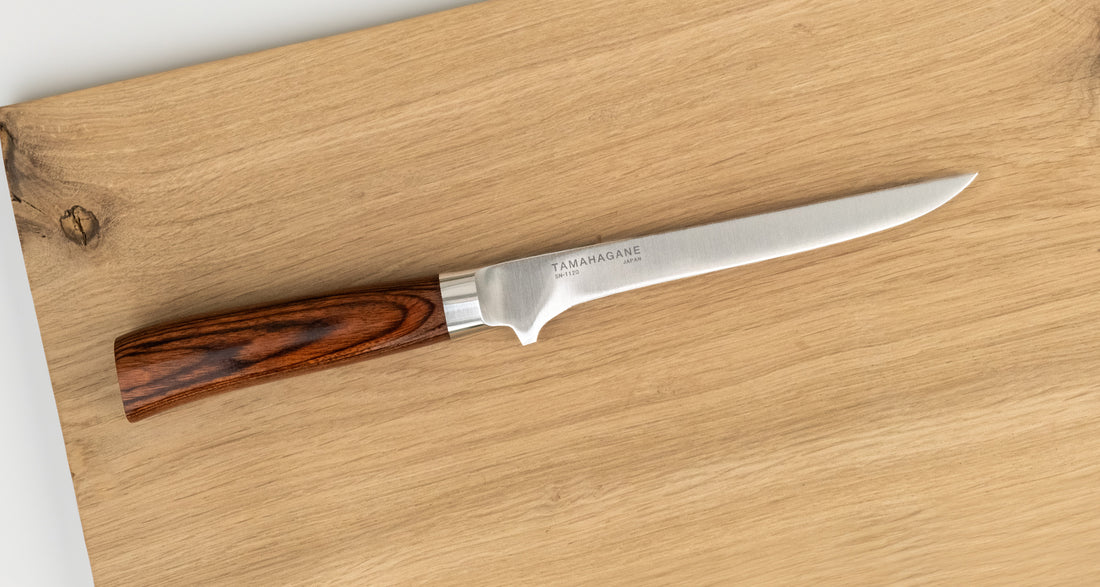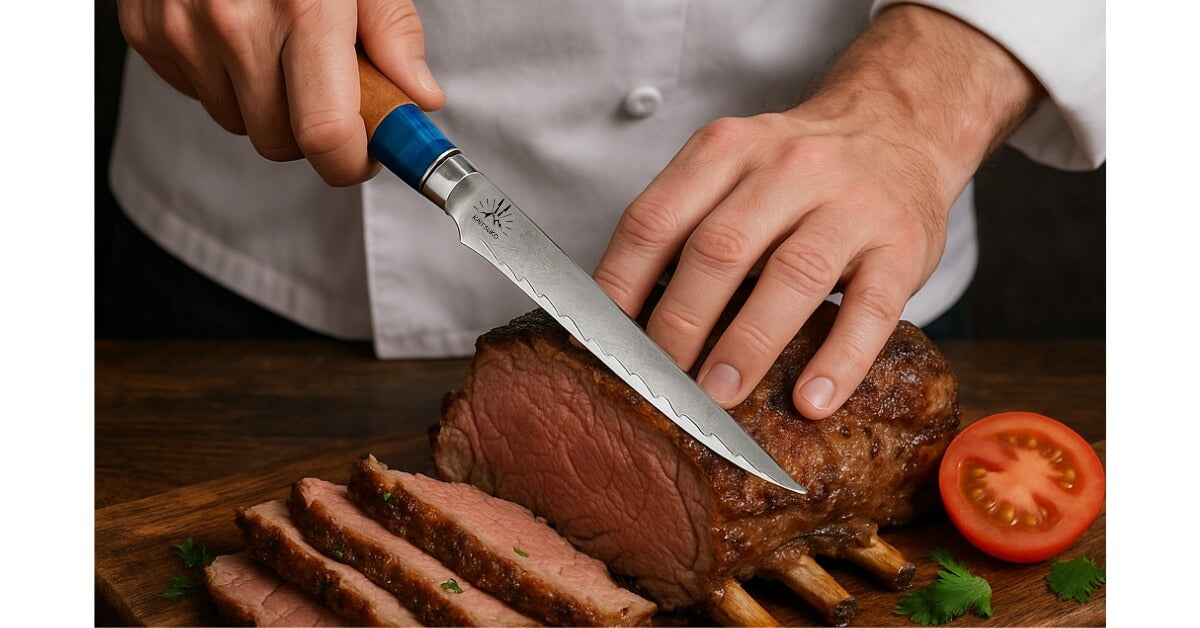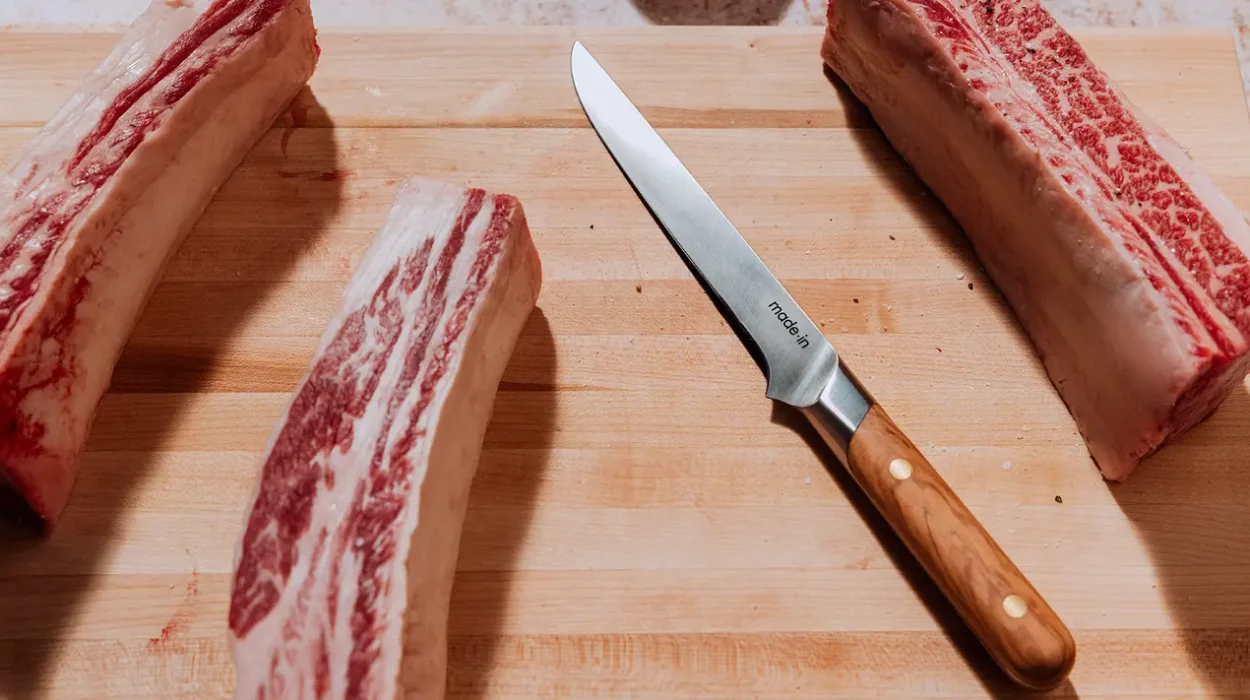In the world of culinary arts, maintaining your tools is as crucial as mastering your recipes. One of the most essential tools in any kitchen is the boning knife, known for its precision in separating meat from the bone. However, to keep this knife performing at its peak, regular maintenance using a honing rod is vital. This article explores the intricacies of using honing rod for boning knife and how it can enhance your kitchen experience.

Understanding the Importance of Honing
Before diving into the process, it’s important to understand why honing is necessary. Over time, even the sharpest knives can become dull due to regular use. This diminishes their precision and can make tasks more difficult. Honing helps realign the blade’s edge, restoring its sharpness and effectiveness.
What is a Boning Knife?
A boning knife is a specialized kitchen tool designed to remove bones from meat, poultry, and fish. Its narrow, flexible blade allows for precise cuts, making it a favorite among professional chefs and home cooks alike. For more details on the functionality of a boning knife, check out this informative guide.
Why Use a Honing Rod?
The honing rod, often referred to as a sharpening steel, is crucial for maintaining the knife’s edge. Unlike sharpening stones, which remove metal from the blade to create a new edge, honing simply realigns the existing edge. This means your knife stays sharp for longer without unnecessary wear.
Types of Honing Rods
- Steel Rods: These are the most common and are ideal for everyday maintenance.
- Ceramic Rods: These rods are harder than steel and can remove a small amount of metal, offering a minor sharpening effect.
- Diamond Rods: These are the most abrasive and can sharpen as well as hone, suitable for more advanced users.
Steps to Hone a Boning Knife
1. Choose the Right Rod
Select a honing rod that matches your skill level and the condition of your knife. For beginners, a steel rod is recommended.
2. Proper Positioning
Hold the rod vertically with the tip resting on a stable surface. Hold the knife at a 15-20 degree angle against the rod.
3. Honing Technique
Start at the base of the knife blade, gently gliding it down the rod while applying slight pressure. Repeat this motion on both sides of the blade, typically 6-8 times per side.
4. Testing Sharpness
After honing, test the knife’s sharpness by slicing through a piece of paper or a tomato. If the knife cuts smoothly, it’s ready for use.
Common Mistakes to Avoid
Many users make the mistake of confusing honing with sharpening. Remember, honing is about alignment, not creating a new edge. Avoid using excessive force, which can damage both the knife and the rod.
Benefits of Regular Honing
Regular honing extends the life of your knife, maintains its performance, and reduces the frequency of sharpening. This not only saves time and effort but also preserves the blade’s integrity.
When to Sharpen Instead of Hone
If honing doesn’t restore the blade’s sharpness, it may be time to sharpen. Sharpening involves removing metal to create a new edge and should be done less frequently. Learn more about maintaining your knives here.
Additional Knife Maintenance Tips
- Always clean your knife after use to prevent rust and bacterial growth.
- Store knives in a knife block or magnetic strip to protect the blades.
- Avoid cutting on hard surfaces like glass or stone, which can dull the blade quickly.
Choosing the Right Boning Knife
For those looking to invest in a quality boning knife, consider the blade material, handle comfort, and brand reputation. A well-chosen knife can make all the difference in your culinary endeavors. For more details on selecting the perfect boning knife, visit this guide.
Conclusion
Incorporating regular honing into your kitchen routine ensures that your boning knife remains a reliable and precise tool. By understanding and applying the right techniques, you can enhance your cooking experience and prolong the life of your knife.

FAQs
1. Can I use a honing rod for all types of knives?
Yes, honing rods can be used for most knives, but it’s crucial to choose the right type of rod for the specific knife.
2. How often should I hone my boning knife?
For frequent users, honing once a week is recommended. For less frequent use, once a month should suffice.
3. What if my knife doesn’t improve after honing?
If honing doesn’t restore the edge, it may be time for sharpening. Consider consulting a professional if you’re unsure.
This article contains affiliate links. We may earn a commission at no extra cost to you.


